Sally Rankin led a walk to Swain’s Wood, a permit-only BBOWT reserve between Christmas Common and Turville Heath, on the afternoon of Saturday 6 April. The weather was warm and sunny, but with a strong south-westerly wind. A Kestrel flew overhead as members gathered around the village green at Northend, before setting off down Holloway Lane. A male Orange-tip was the first butterfly sighting, followed soon after by a Peacock. The verges proved to be productive places for plants, with flowers of Barren Strawberry, Common Dog-violet, Greater Stitchwort and Goldilocks Buttercup, and leaves of Woodruff and Sanicle. The route then led through a gateway on the right into woodland, where Wood Anemones and the first of the Bluebells were in flower. The path continued downhill to a steep-sided grassy valley. Sally told the group that Swain’s Wood was one of just 3 sites in Britain for the Military Orchid, where it is at the northern limit of its range. She urged members to look very carefully where they were putting their feet and to avoid treading on the Military Orchid leaves. Many of the leaf rosettes were already protected from browsing animals, especially deer, by wire netting cages. For many years, Military Orchids hung on at the site with just a handful of plants, but from 1984 onwards, the orchids here and at Homefield Wood were hand-pollinated. As a result, numbers climbed to 400+ at Swain’s Wood and 700+ at Homefield Wood. Despite their best efforts, the reserve team were unable to find out what was the natural pollinator for the orchids. The steep bank at the entrance to the reserve was covered with Primroses, looking beautiful in the sunlight. Three male Brimstone butterflies were flying round and nectaring on the Primrose flowers, their wings an almost perfect match with the colour of the petals. Dark-edged Bee-flies were also visiting the Primrose flowers. Hairy Violets were dotted through the grass, identified by their blunt sepals and the hairy undersides to their leaves. There were also many Cowslip flowers. The heads of last season’s Carline Thistles could still be seen. The walk continued down to the bottom of the reserve. In the distance, a herd of at least 30 Fallow Deer crossed a grassy field, then jumped one by one over the fence and into the adjoining woodland. During the walk back up the valley on the other side of the reserve, Sally pointed out the leaf rosettes of a number of different orchid species. The Military Orchids had wide unspotted keeled leaves, arranged in groups of three. The unspotted leaves of the Chalk Fragrant Orchids lay in a single plane. The leaves of the Common Spotted-orchids had transversely elongated dark spots. Sally also pointed out a False Oxlip, the hybrid between Cowslip and Primrose. It had large Primrose-sized flowers arranged in an umbel, like the smaller Cowslip. The group then walked back up to the reserve entrance, through the adjoining woodland and back along Holloway Lane.
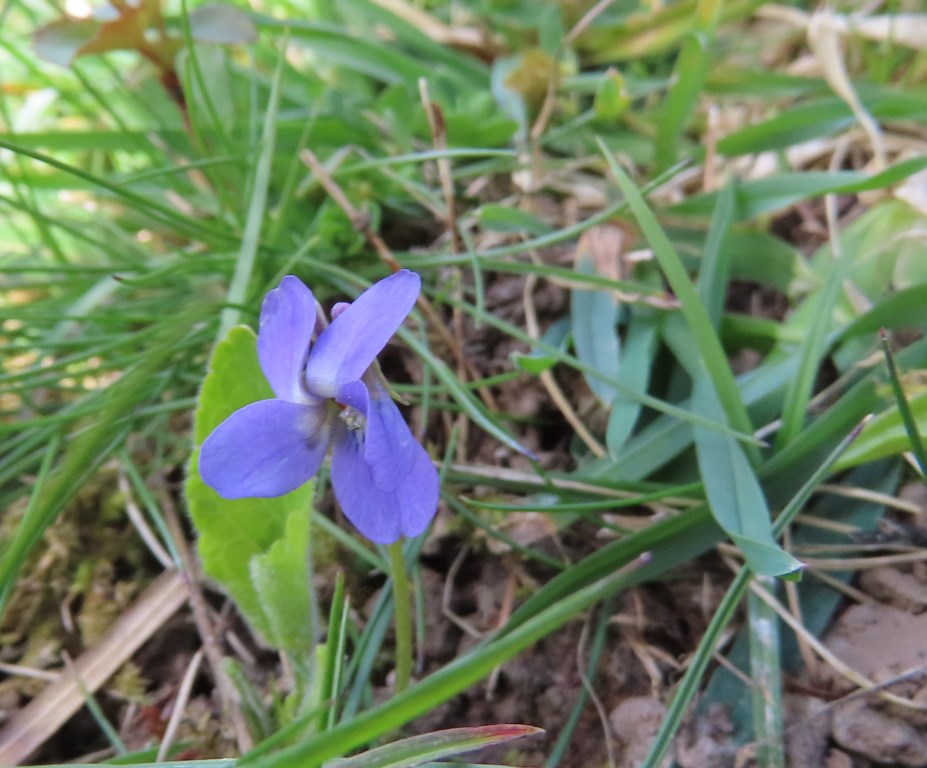
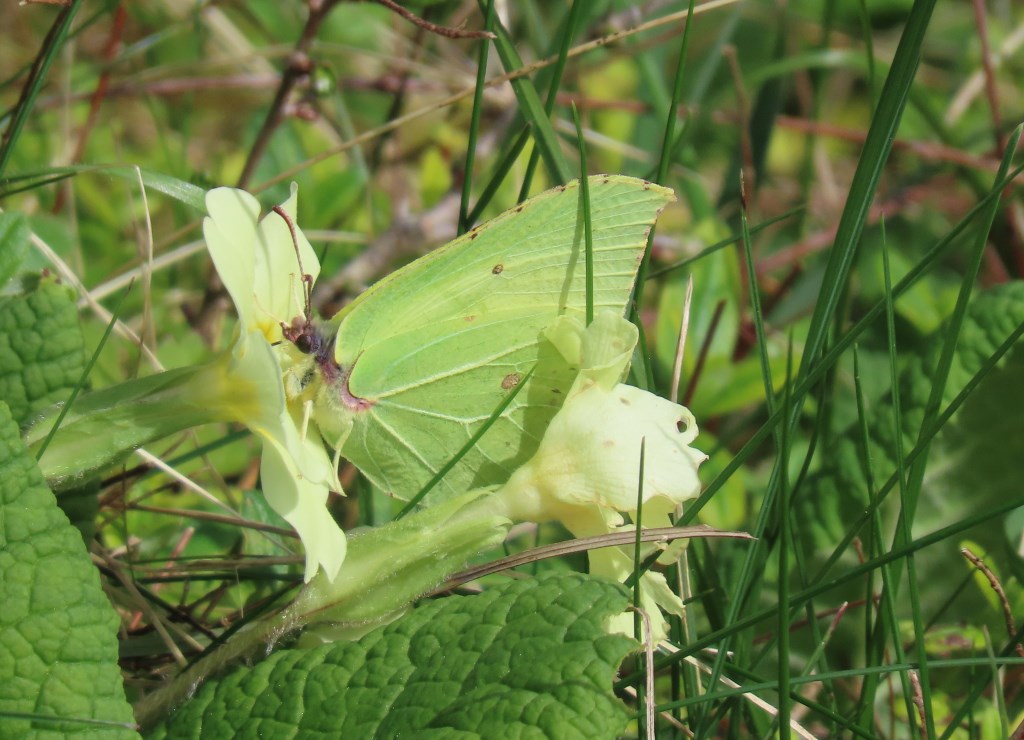
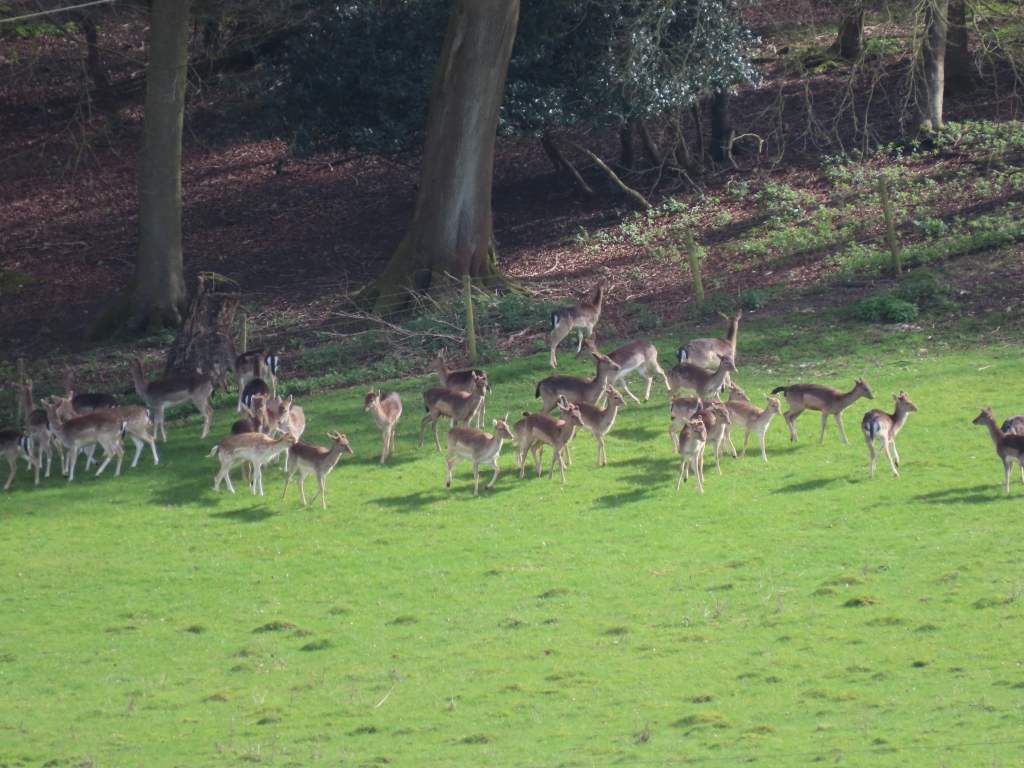
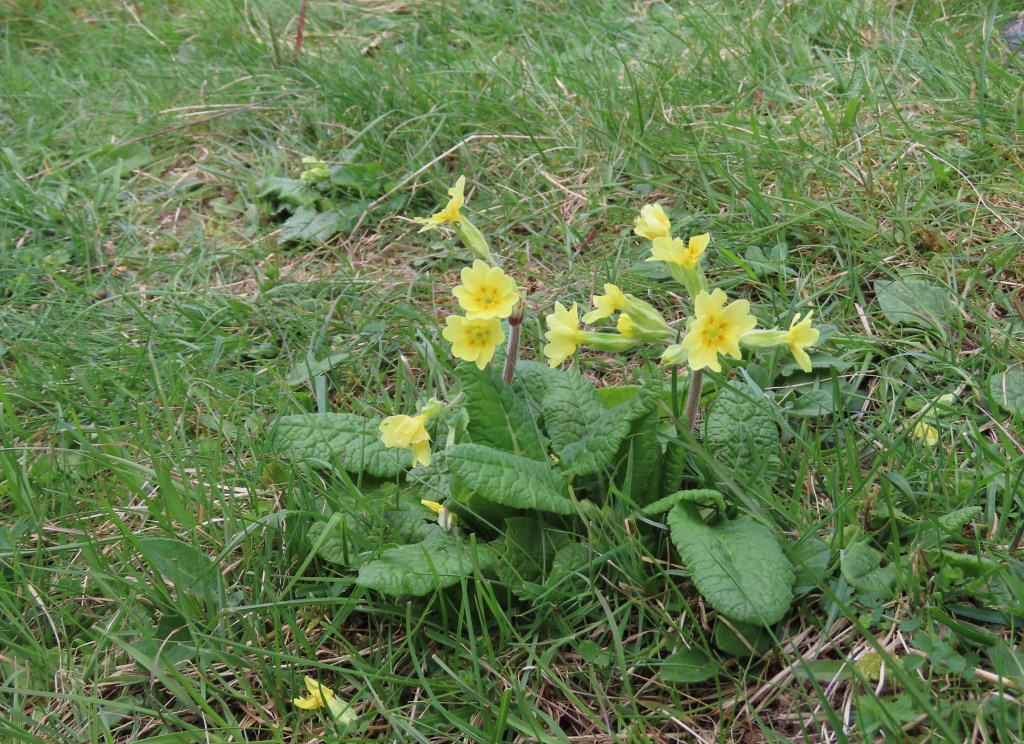
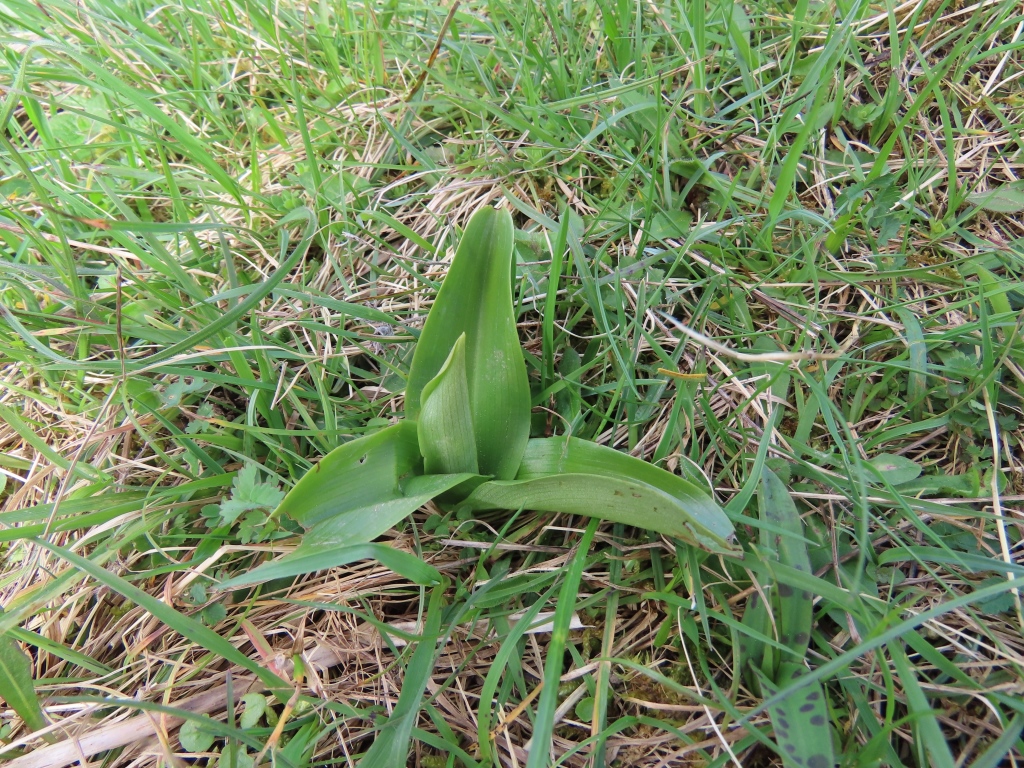
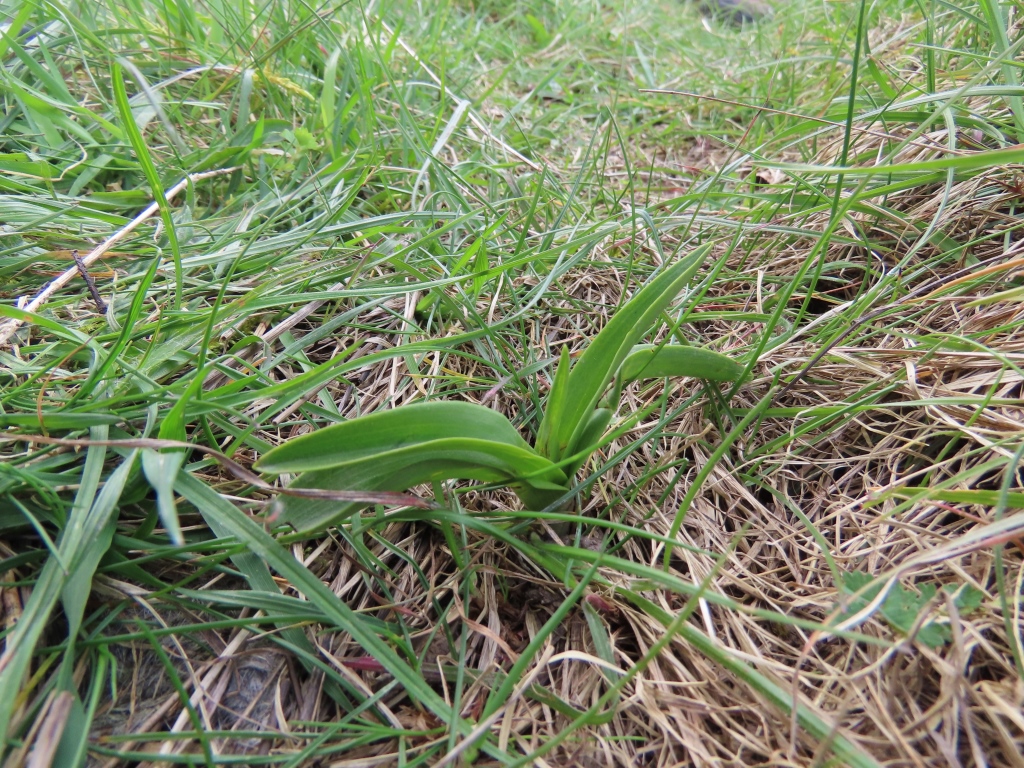
Pictures by Fiona Brown
